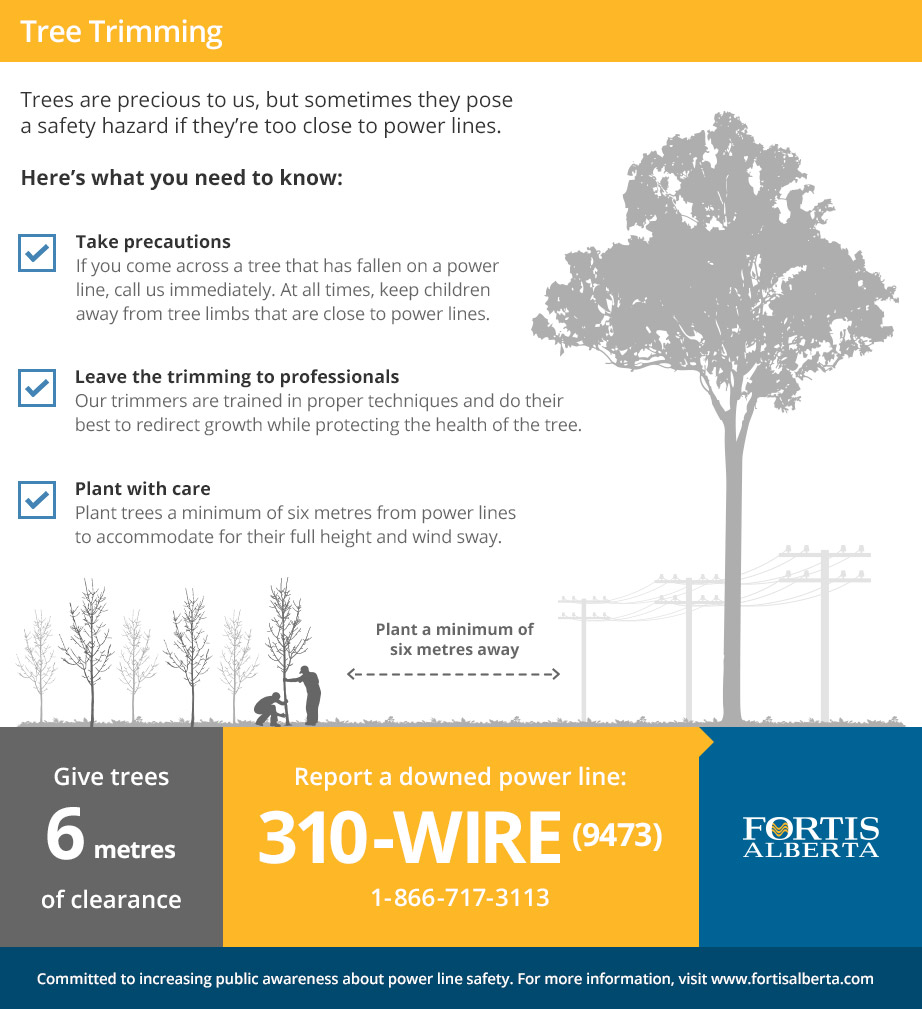Tree Elimination Aftercare: Ideal Practices For Landscape Recovery
Tree Elimination Aftercare: Ideal Practices For Landscape Recovery
Blog Article
Write-Up Developed By-Langley Deal
After a tree's elimination, your landscape may look quite various, and it's necessary to evaluate the aftermath thoroughly. You'll intend to assess the soil disruption and inspect surrounding plants for any indications of tension. Disregarding these variables can result in bigger issues down the line. So, what should you do with those stumps and origins? And how do you pick the most effective plants for your revitalized room? Let's discover these essential actions.
Assessing the Consequences: Assessing Your Landscape
After a tree removal, it's essential to evaluate your landscape to recognize the effect it carries your yard.
Start by examining the location where the tree stood. Seek indications of dirt disruption, and inspect the bordering plants for any stress or damages.
You need to likewise keep in mind of just how the elimination has transformed sunlight direct exposure and air movement in your garden. This shift can influence the growth of neighboring plants, so it's essential to evaluate their wellness.
Think about the aesthetic aspects as well; the removal could develop an open space that you can upgrade.
Finally, think about any potential disintegration concerns that might emerge from the tree's absence. Attending to these aspects early will help recover equilibrium to your landscape.
Taking care of Stumps and Roots: Options for Elimination
As soon as you've analyzed the after-effects of the tree removal, you'll likely need to tackle the stump and roots left behind.
You have a few choices for removal. One effective technique is stump grinding, where an expert uses a machine to grind the stump down to underground degree. This approach leaves very little disruption to your landscape.
If you prefer a DIY method, you can use a mix of excavating and chemical stump cleaners. Simply keep in mind, this process can require time and initiative.
Additionally, think about leaving the stump as a natural feature, which can act as an one-of-a-kind garden aspect or habitat for wild animals.
Whatever mouse click the following internet site choose, resolving the stump and origins is crucial for restoring your landscape.
Picking the Right Plant Kingdoms for Your New Space
As you assess your freshly removed area, selecting the right plants can dramatically boost your landscape's appeal and performance.
Beginning by considering the sunshine and soil problems. For bright locations, choose drought-resistant plants like lavender or succulents. In shaded spots, brushes and hostas flourish well.
Consider the dimension and growth practices of your plants; mix perennials and annuals for seasonal variety. Don't fail to remember to include indigenous species; they call for less upkeep and support neighborhood wildlife.
Team plants in weird numbers for a more natural appearance and create layers for visual depth.
Finally, guarantee you have a mix of shades and appearances to keep your landscape dynamic throughout the seasons.
Satisfied growing!
Conclusion
In conclusion, restoring your landscape after tree removal is a satisfying process. By assessing the after-effects, dealing with stumps and roots, and selecting the right plants, you'll develop a growing atmosphere. https://www.countryliving.com/gardening/garden-ideas/g3133/landscaping-tips/ forget to incorporate disintegration control actions to protect your dirt. With a little effort and care, you can transform your room into a lively yard that improves your home. Embrace the possibility to revitalize your landscape and appreciate the elegance of nature right in your yard!
